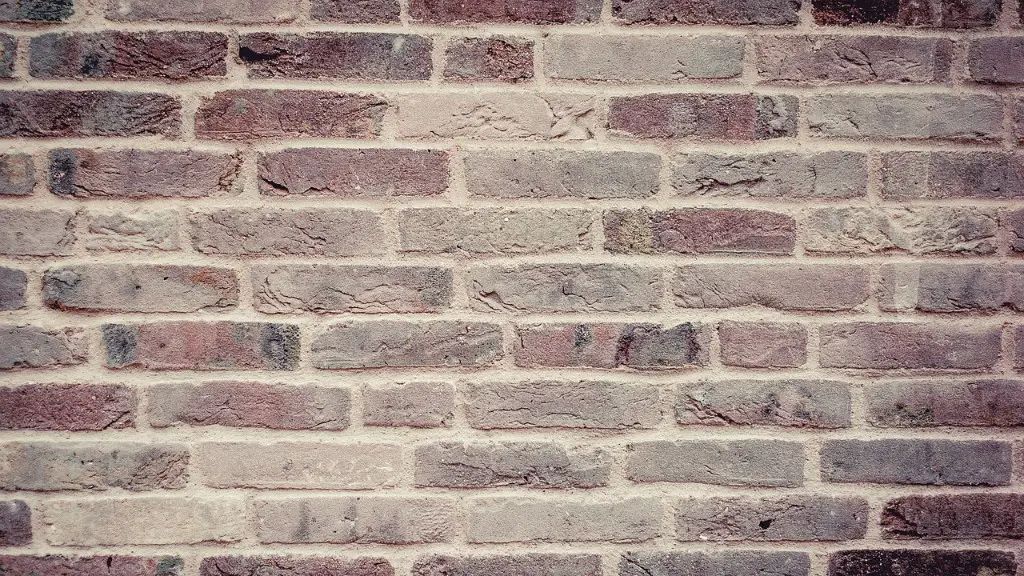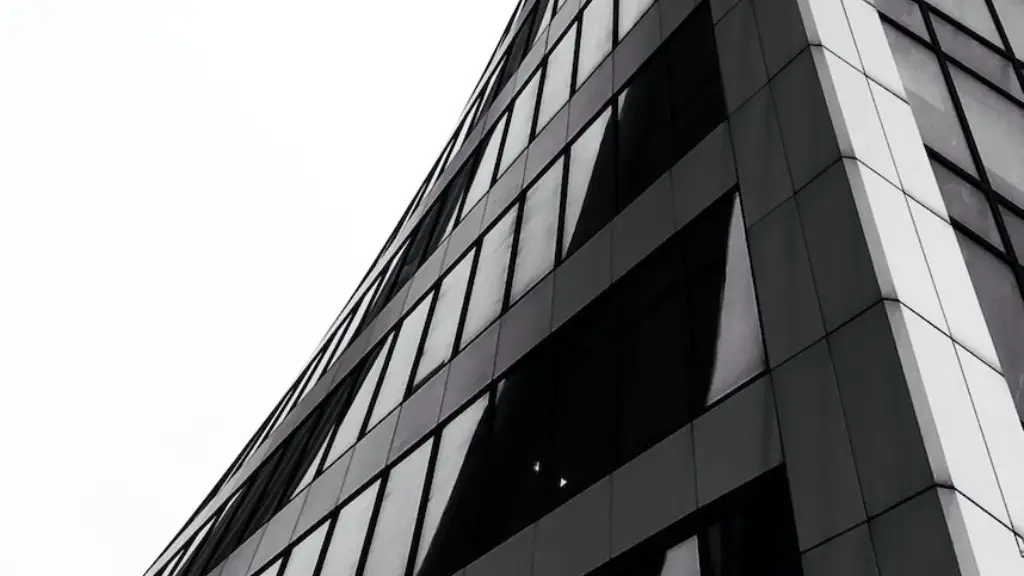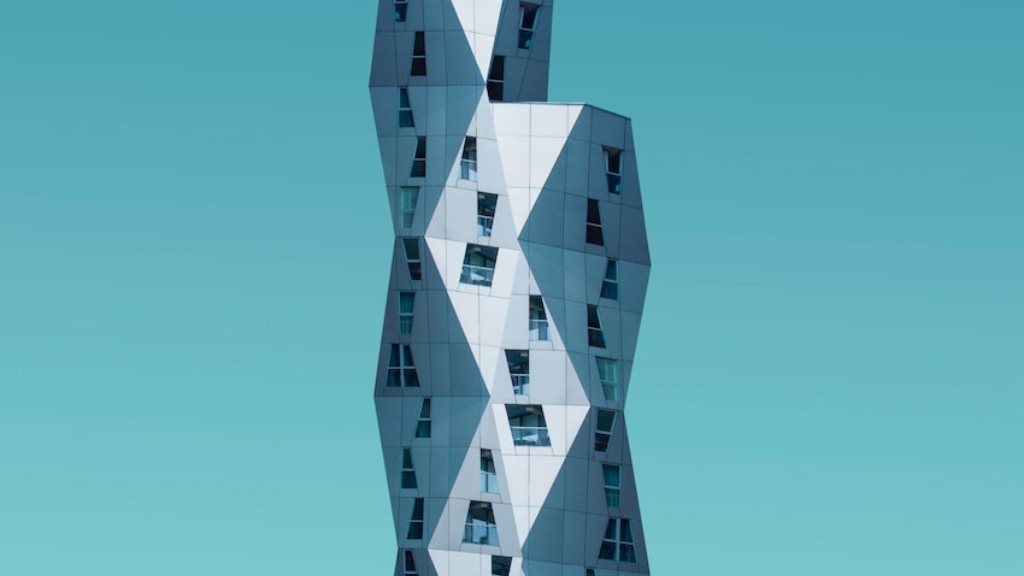What Is Eclectic Architecture
Eclectic architecture is a style of architecture that has emerged in the past two centuries, combining multiple different styles and art forms into unique structures. This style of architecture is based upon the timeline of history, which includes both historical trends in design and architecture as well as modern versions of the same. Eclectic architecture draws upon the styles of various eras and culture, making use of various materials, colours and forms to create a unique aesthetic. Because of the versatility that this style provides, eclectic architecture is a popular choice for many different types of projects, ranging from commercial to residential.
Within the field of architecture, eclecticism often refers to a certain combination of international and regional influences, antiquity and modernity, or different regional styles or artistic techniques. Historicism, for instance, was a common style at the end of the nineteenth century wherein historically accurate details were combined with modern materials and techniques. By utilizing old-world techniques, such as Roman bricks, Gothic arches and Byzantine mosaics, a new level of modernity was brought to the art form.
The concept of eclectic architecture rose out of movements such as the Arts and Crafts movement as well as the subsequent Art Nouveau. In both cases, designers stressed the need to draw from a broad range of influences in order to create a unified and original aesthetic. A great example of eclectic architecture is the Art Deco movement of the 1920s and 1930s, which makes use of a wide variety of styles, materials and techniques to create an all-encompassing creative force. In terms of colour, texture and formality, this style of architecture can range dramatically.
Today, many architects continue to draw upon the principles of Eclectic Architecture. By looking at a variety of different traditions, forms and motifs, architects are able to create a unique structure that takes its cues from distinct forms of historical architecture. While creating an original work, they also acknowledge and appreciate the historical precedence that earlier architects have provided. By blending the familiar with the new, architects are able to produce a vision that is both interesting and inspiring.
At its foundation, eclectic architecture seeks to make use of a wide range of both traditional and modern elements. The art of blending these two distinct forms of design is challenging but rewarding, as it allows for an unparalleled level of creativity and versatility. By combining elements from different eras and cultures, architects can create an aesthetic that is both timeless and appealing.
Materials Used in Eclectic Architecture
One of the defining features of eclectic architecture is the use of multiple different materials in the construction of the structure. This is especially true when incorporating material from multiple different eras, as certain materials may no longer be available or have gone out of fashion. To create a unique and visually appealing aesthetic, eclectic architecture often combines different materials, such as stone, brick, steel, glass and concrete. These materials can be blended together or used in separate elements to create a variety of different effects.
In addition to the use of traditional materials, eclectic architecture also makes use of modern and contemporary materials such as vinyl and plastic. Furthermore, the use of paint and other decorative elements such as wood paneling or moulding can be used to great effect in eclectic architecture. By combining modern materials with more traditional ones, the architect is able to produce a one-of-a-kind structure that appeals to many different types of people.
In addition to the use of multiple materials, eclectic architecture also makes use of different forms and motifs in order to create a unified whole. This often includes the use of combinations of different types of stone, for instance, as well as decorative elements such as ornate archways, columns and other elements. By combining these various elements, the resulting structure is unique and stands out from other buildings.
The Benefits of Eclectic Architecture
The advantages offered by eclectic architecture are numerous and include a number of distinct advantages over more traditional architecture styles. The primary benefit is the fact that eclectic architecture is often more aesthetically appealing than its more conventional counterparts. This is due to the fact that eclectic architecture often combines various forms and motifs in order to create a visually compelling structure that stands out from the average building.
Another major advantage of eclectic architecture is its versatility. By blending materials and techniques from multiple eras, architects are able to create a structure that is practical, functional and aesthetically pleasing. This is especially true when dealing with structures that feature multiple floors, as the blending of historical and modern elements can lead to a structure with both a timeless appeal and modern touches.
Finally, the use of multiple materials is also advantageous in terms of cost savings. By using various types of materials in construction, architects can often save a great deal of time and money when completing the project. Furthermore, the use of multiple materials is also beneficial in terms of energy efficiency, as different materials are better suited for different climates and weather conditions.
The Role of Designers in Eclectic Architecture
In order to make the most of eclectic architecture, architects must have a deep knowledge of the various elements that come into play. By understanding different styles of architecture, art forms, motifs and materials, architects are able to create structures that appeal to a variety of different audiences. Furthermore, the ability to draw from many different eras of design is invaluable in terms of creating structures that stand the test of time.
Designers must also have an adept understanding of the unique elements that come into play when creating an eclectic structure. By utilizing the right combination of materials and art forms, architects are able to create a structure that stands out from the rest. Furthermore, designers must also understand the different types of materials that can be used in order to create the desired effect. By understanding the unique properties of each material, designers are able to create a structure that is both functional and aesthetically pleasing.
Furthermore, architects must also be aware of the various building code requirements that may come into play when constructing an eclectic structure. By understanding the building regulations that come into play in different areas, architects can ensure that projects are completed on time and on budget.
Conclusion
Eclectic architecture is a style of architecture that has emerged in the past two centuries, and draws upon both historical trends in design and architecture, as well as modern elements. By making use of multiple materials, forms and motifs, architects are able to create structures that stand out from the rest. Furthermore, the use of different materials is advantageous in terms of cost, energy efficiency and practicality. Finally, the role of the designer in eclectic architecture is also of great importance, as understanding the various elements that influence a structure is key to creating a unique and appealing structure.



